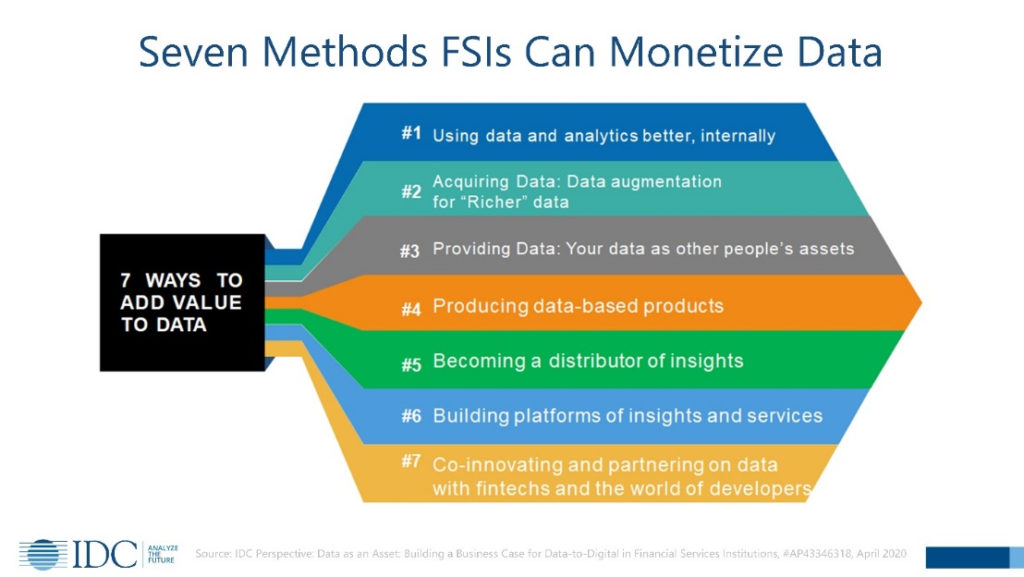No one should doubt that financial services institutions (FSIs) have neck-deep in data – arguably more data than they know what to do with. In fact, monetizing this data remains largely untap for any number of reasons including format, location, intelligence, and connectivity.
The necessary investments to achieve Data-To-Digital increases the risks of large cost over-runs. Furthermore, the business case must be compelling and credible for executives to give a greenlight on Data-To-Digital.
The IDC Financial Insights Asia/Pacific report titled Data as an Asset: Building a Business Case for Data-to-Digital in Financial Services Institutions, explains the issue of how FSIs can build a business case for the transformation of data to make it digitally-consumable.
FSIs have a wealth of legacy data, but in its current state, this data is unlikely ready for various digital transformation (DX) initiatives of the enterprise.
Michael Araneta, associate vice president at IDC Financial Insights Asia/Pacific, suggested that FSIs build buy-in from the get-go, especially because significant resources are needed to successfully deliver Data-to-Digital at speed and scale.
“It is likely that Data-to-Digital will take at least several years to be completed even for the highest priority DX requirements. Justifying costs and benefits will require a dose imagination, as you would for DX. A mix of traditional, strategic, and qualitative metrics should be used,” he continued.
Mature FSIs have invaluable and voluminous data which can be monetized and provide a significant return. Doing Data-to-Digital allows FSIs to compete digitally and capture DX benefits. Additionally, an FSI’s data assets, once transformed through Data-to-Digital, may produce significant new external revenue streams.
Figure 1: Seven methods FSIs can monetize data

Steve Shipley, adjunct CIO at IDC Financial Insights Asia/Pacific suggested FSIs take an internal corporate venture (ICV) investment approach, given the extensive funding and partnering needed to deliver significant longer-term revenue and dividend streams from Data-To-Digital.
“We suggest an internal Furthermore, especially because digital data skills are scarce, a combination of learning, crowd sourcing, partnering and industry is required to provide the sufficient resourcing to tackle Data-To-Digital. This will alleviate some of the costs, and ensure quicker realization of benefits to the organization,” he concluded.





